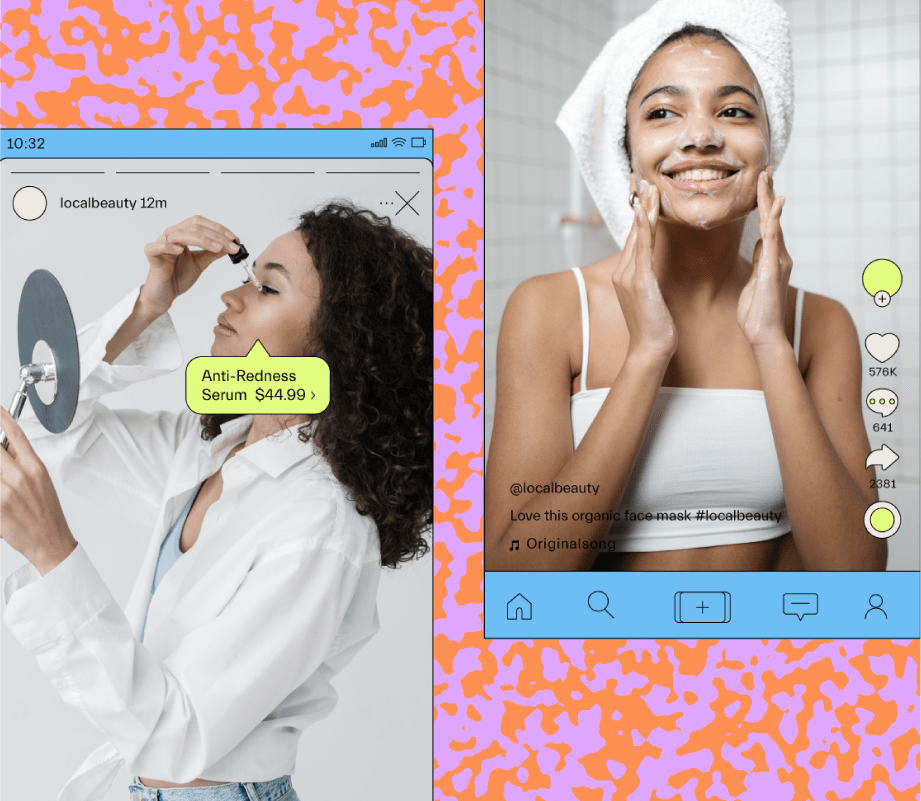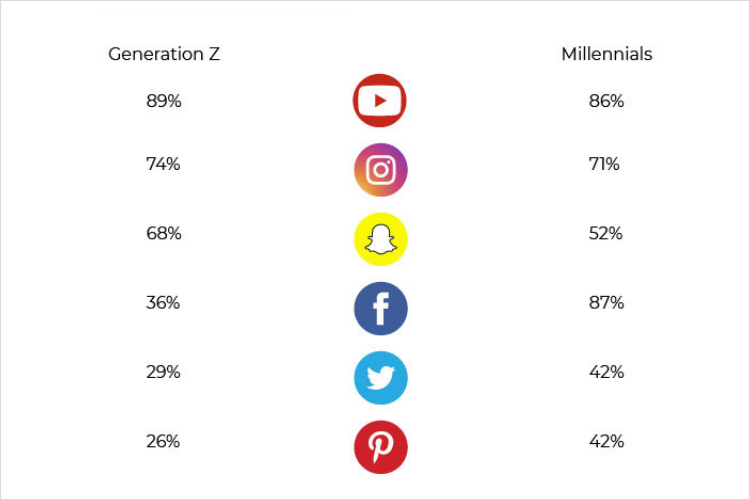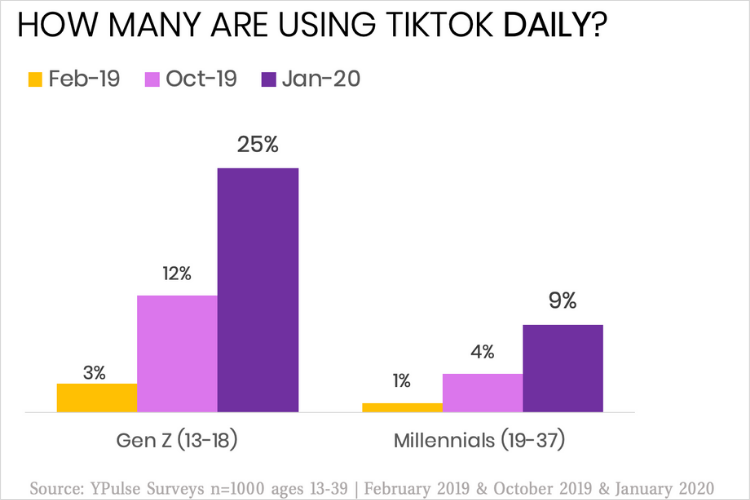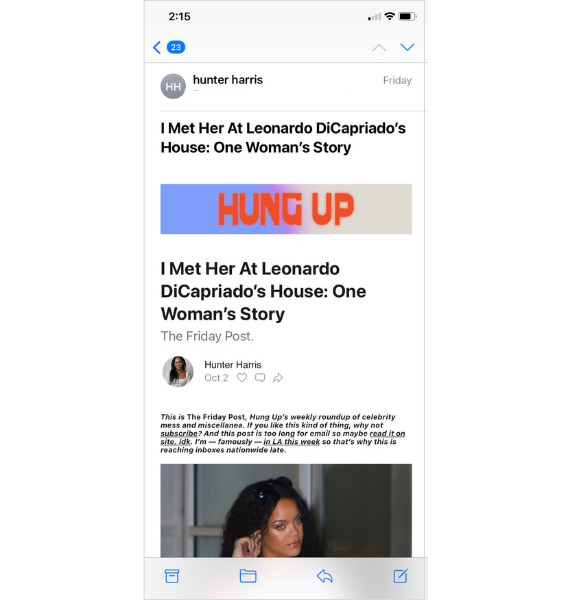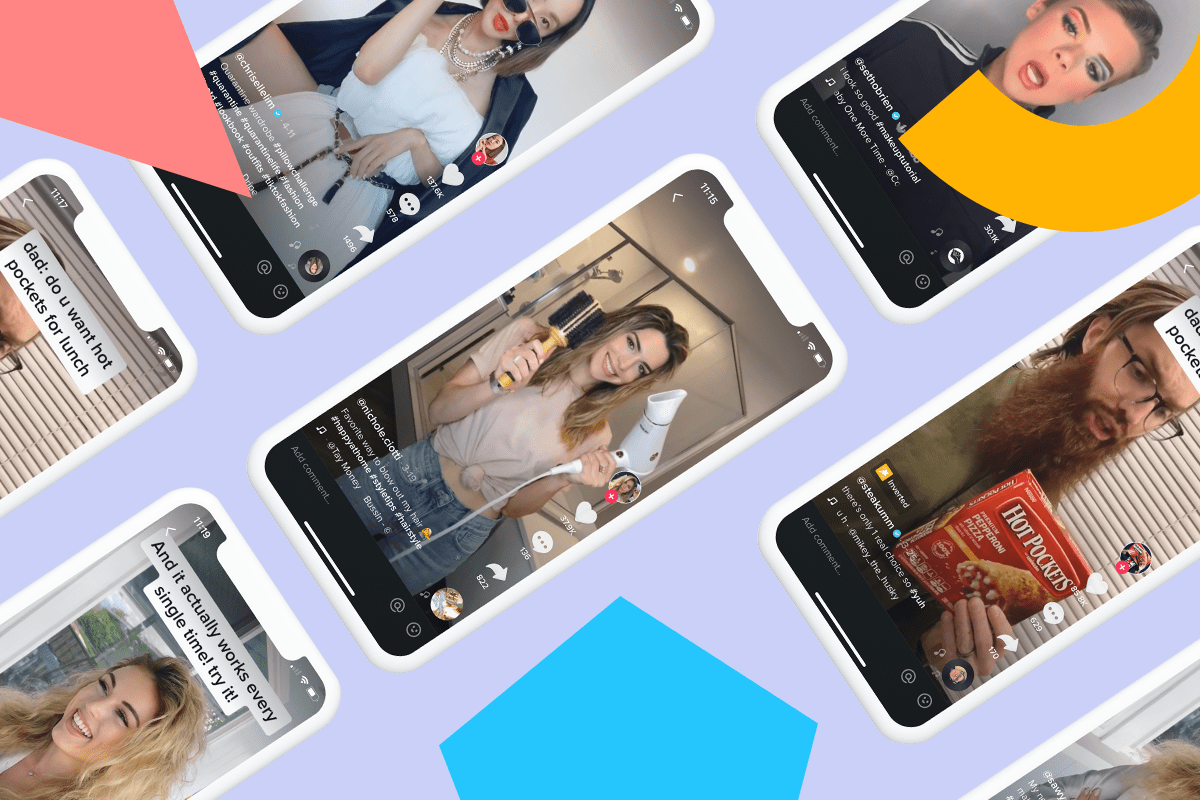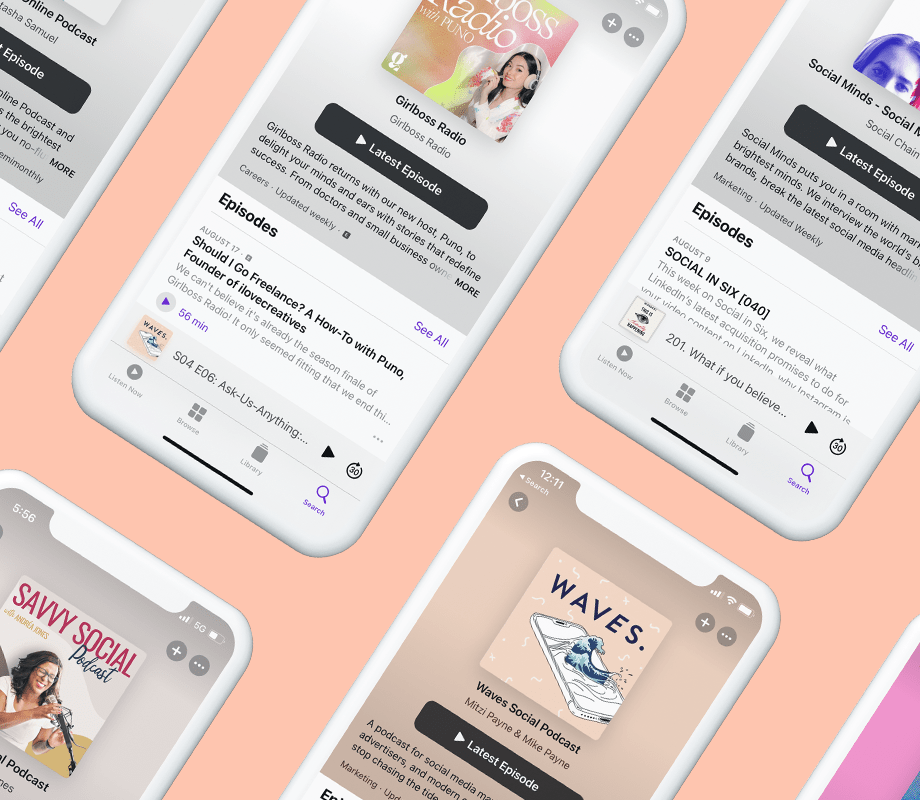At first glance, you might think Gen Z and Millennials are one and the same, but take a second look and you’ll see that each group is uniquely their own.
To capture both demographics' attention, you’ll want to have a clear understanding of what sets each group apart.
Because as their combined influence continues to rise – so too does their purchasing power (it’s currently sitting at $1.54 Trillion!).
Below, we'll unpack how to tailor your marketing strategy to both audiences by looking at their shopping habits, customer service preferences, and more.
What's the Difference Between Gen Z and Millennial Audiences?
Understanding what sets these two generations apart can help you better cater your content to the needs of each.
Who is a Millennial?
According to the Pew Research Center, anyone born between 1981 and 1996 (currently aged 25 to 40) is considered a Millennial.
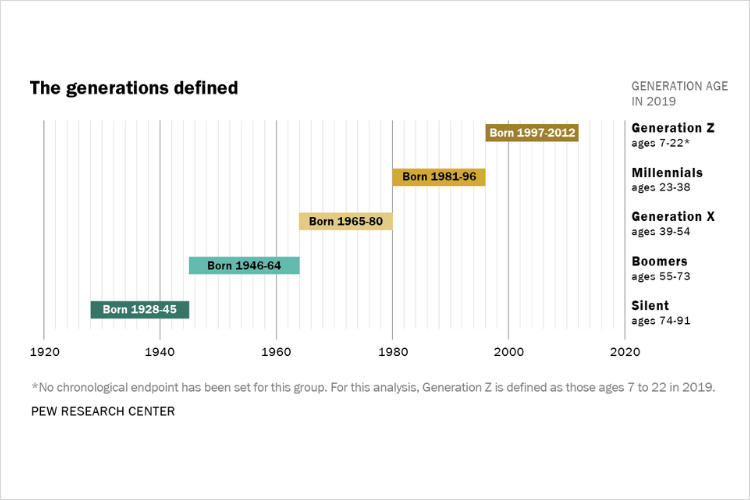
Source: Pew Research Center
What makes Millennials so unique?
They grew up in a world of technological disruption – quickly adapting to the Internet explosion.
In fact, many Millennials vividly remember life before and after the Internet, giving them an appreciation for all things nostalgic.
Check out how hyped the comments section got with the introduction of a Dunkaroos throwback launch:
In broad terms, they value privacy and are known for being curious and independent as they were the first to truly grasp the digital world.
And unlike generations prior, they're more comfortable using social media and are able to navigate changing trends.
Who is a Gen Z?
In contrast, social media and Wi-Fi have been part of Gen Z's vernacular from birth.
Spanning the ages of 9 through 24, they were practically born with a smart phone in hand (the iPhone is only 14 years old), and are true digital natives.
As technology has always been so integrated into their lives, Gen Z are typically more progressive in the digital world than their Millennial counterparts, frequently being at the forefront of emerging trends on TikTok and Instagram.
And they're also more likely to be bilingual, have a strong sense of social justice, and are the most diverse demographic yet.
Ready to create a solid Gen Z marketing strategy? Learn from Gen Z marketing experts, Liz & Larry, Co-founders of PRZM, in this free video workshop:
#2: Brand Trust
Millennials are much more trusting of companies. According to 2020 Salesforce research, 50% of Millennials say they trust brands and businesses compared to 42% of Gen Z.
That being said, they still want the company's values to be upfront and transparent and expect a level of perfection when it comes to social media content.
Case in point: Millennials expect brands to be perfect in every way, from their polished ads to aesthetically pleasing feeds.

While there has been a slight shift towards less curated Instagram grids (inspired by trendy Gen Zers), this group is still drawn to an aesthetically pleasing social media presence.
So even if you don't take picture-perfect photos, there should be some consistency for your brand's visuals across platforms.
TIP: Check out Later's free Visual Planner feature to plan and preview your Instagram aesthetic before you hit publish.
Gen Z users are less trusting of companies and would rather see realistic over idealistic.
They prefer ads that show real people discussing products rather than celebrities and entertainers endorsing a brand or business.
And because Gen Z is the most diverse demographic to date, this generation strongly values diversity and inclusion – wanting to see them reflected in the brands and companies they support.
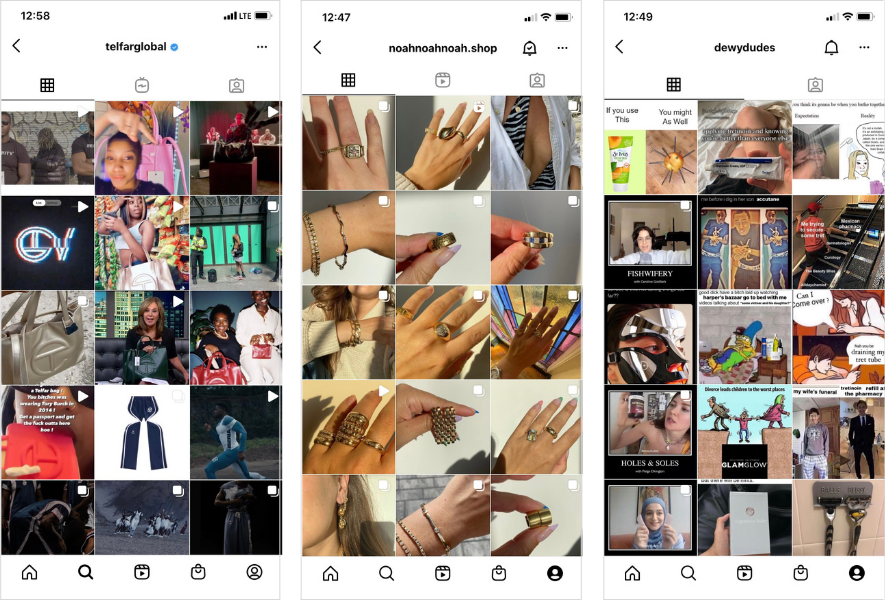
Marketing takeaway: A great way to connect with both Gen Z and Millennial audiences is to use the power of influencer marketing to grow your business.
Influencer marketing removes the barriers of traditional advertising because customers are introduced to your brand from a trusted source (the influencer) on a platform like Instagram or YouTube.
When an influencer recommends a product or service on their channel, it comes across as a trusted recommendation from a friend, making them more likely to become a customer (and advocate) for your brand.
Just getting started in the world of influencer marketing? Learn everything you need to know about strategizing your first campaign in our free Instagram Influencer Marketing Strategy Guide!
Another way to build trust with both generations is by using user-generated content (better known as UGC).
Sharing photos and videos of real-life customers organically using (and loving) your products create genuine testimonials that Gen Zs (and even Millennials) will be drawn to.
These genuine and honest recommendations also have an added bonus: they save you time on content creation!
Take a look at how Dieux uses UGC with their Instagram Story Highlight: "Dieux Angels".
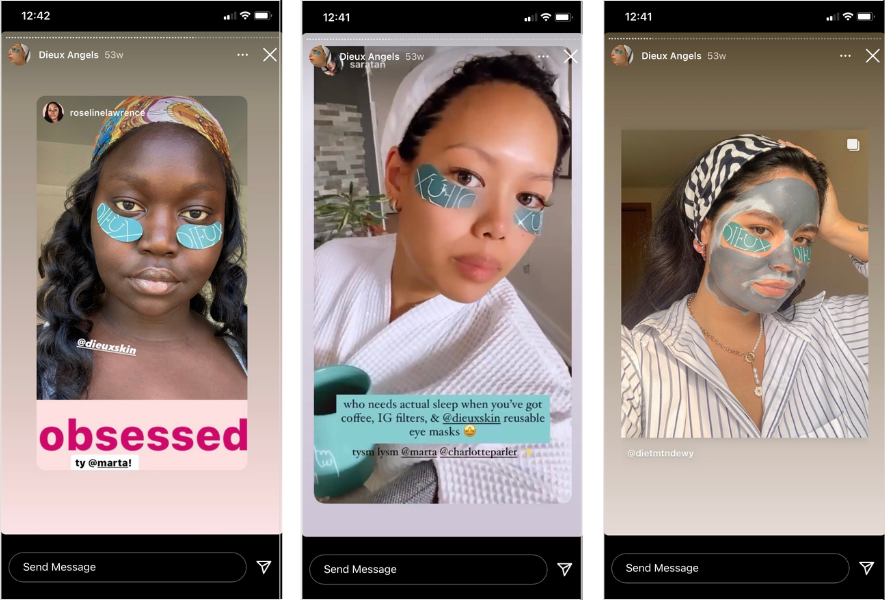
In this space, members of their community are featured actually using their skincare products.
So if you’re looking to grow your business, user-generated content can seriously help skyrocket your sales and build true brand loyalty.
In case you missed it: Later has a whole suite of tools designed to make finding UGC and adding it to your Media Library as easy as possible!
#3: Customer Experience
Millennials place huge value on customer experience.
A recent study found that Millennials have higher expectations than all other demographics when it comes to their overall level of connection to brands throughout their purchase journey.
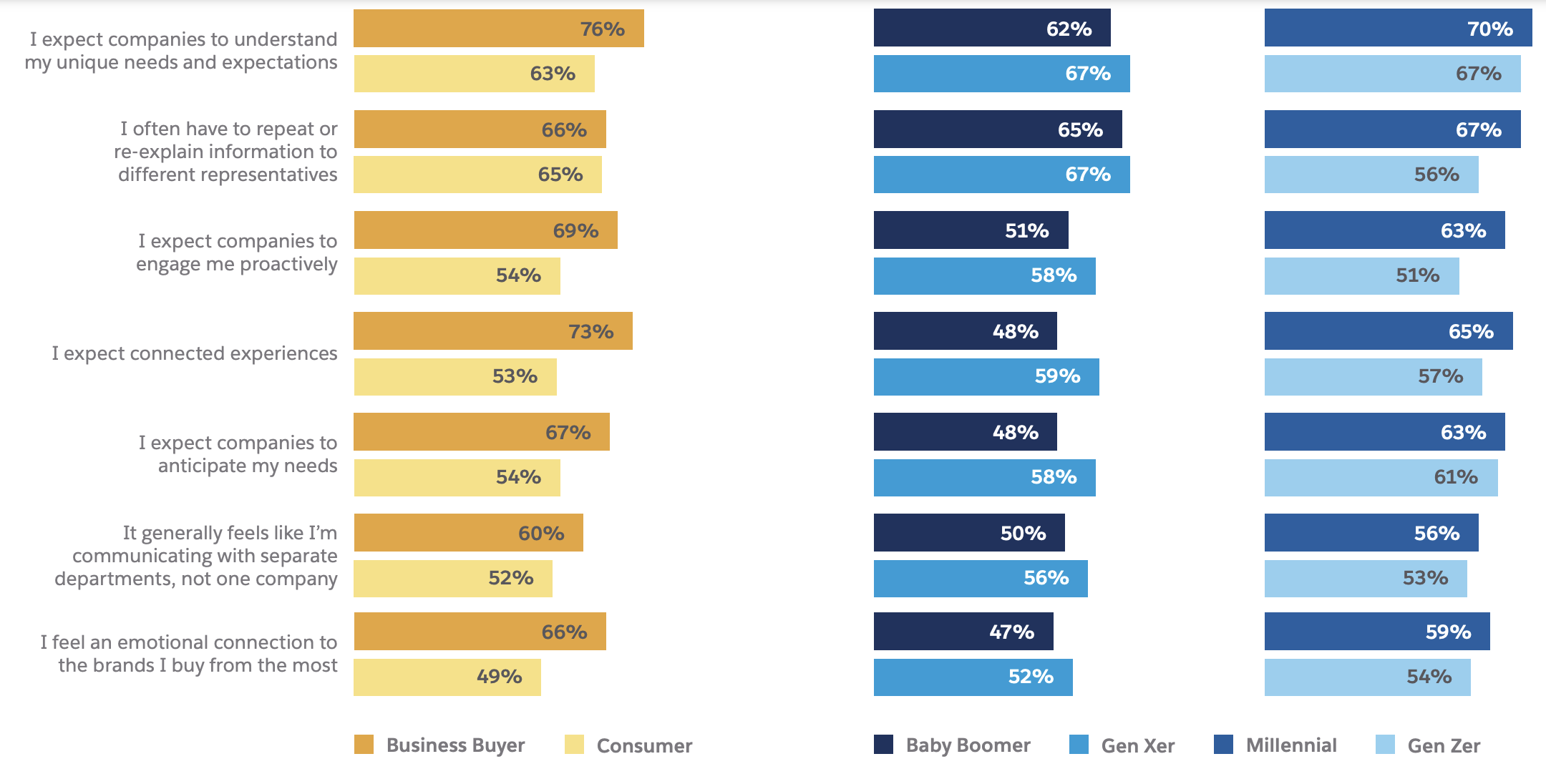
Source: Salesforce
Always wired in, this audience is eager to interact with brands across a variety of communication channels – so response time is crucial to be a best-in-class brand here.
In comparison, to make a customer experience stick, Gen Z responds best to the power of personalization.
Having grown up in a world where Netflix and Spotify offer personalized playlists, and YouTube tees up your next clip perfectly, this generation values a tailored customer experience.
Marketing takeaway: Because Millennials expect fast and accessible customer service it’s important to develop self-service strategies like conversational commerce into your brand’s DNA.
That way, users can interact with your business 24/7, ask questions, and track their purchases no matter the time of day!
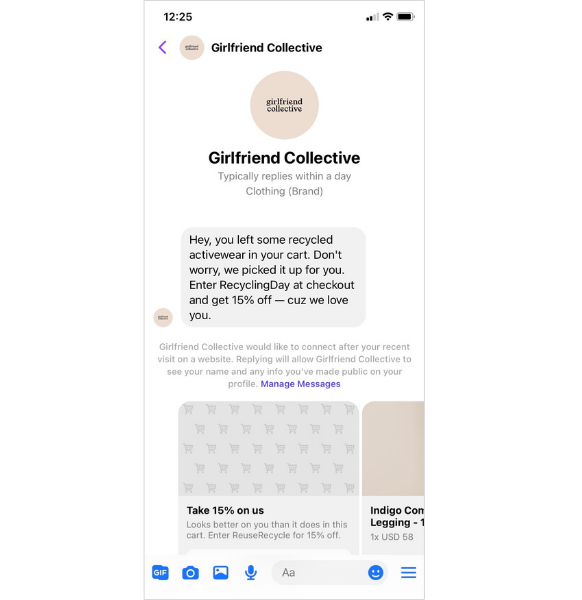
To capture Gen Z audiences you’re going to want to emphasize a hyper-personalized service.
Get creative through social listening and machine learning to better understand a user’s specific needs. It can be as simple as an opening greeting asking for a user’s pronouns before entering the chat.
Thoughtful individuality is your ticket to win big with this audience.
#4: Online Shopping Trends
It's no surprise that Millennials love to read reviews before making a purchase. In fact, a whopping 80% of Millennials research a product before moving to checkout.
And once that item has been chosen, Millennials put value on a company’s ability to translate their products and services into digital experiences.
In other words: Millennials care about how your company operates. They want their purchase journey to encompass a pleasant, seamless process from beginning to end.
For Gen Z users, their mobile-first mindset impacts the way they navigate shopping online.
Gen Z is twice as likely to make a purchase on their smartphone compared to Millennials.
And more than any other generation, Gen Z loves a good deal! They value purchases that maximize every dollar – think reward programs, free delivery, and coupon codes galore.
Marketing takeaway: To meet both audience's expectations, mobile optimization is key.
The user journey should be intuitive with a checkout process that flows nicely, and visual design that fits to screen.
Additionally, ensure your brand or business is easily shoppable through various social media platforms like Instagram or Facebook too.
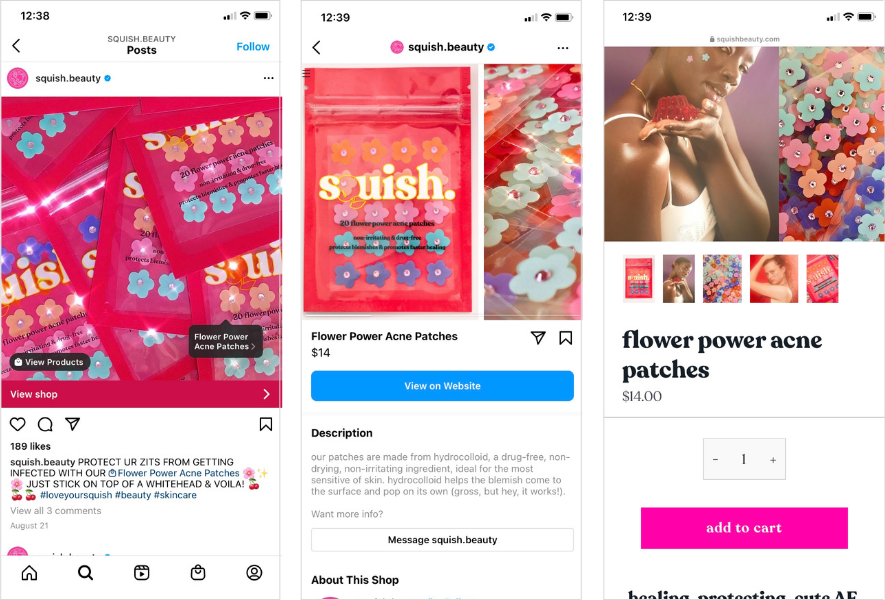
Use a tool like Linkin.bio by Later to make the route to purchase even easier – add a clickable landing page to your bio that users can easily navigate and click to shop.
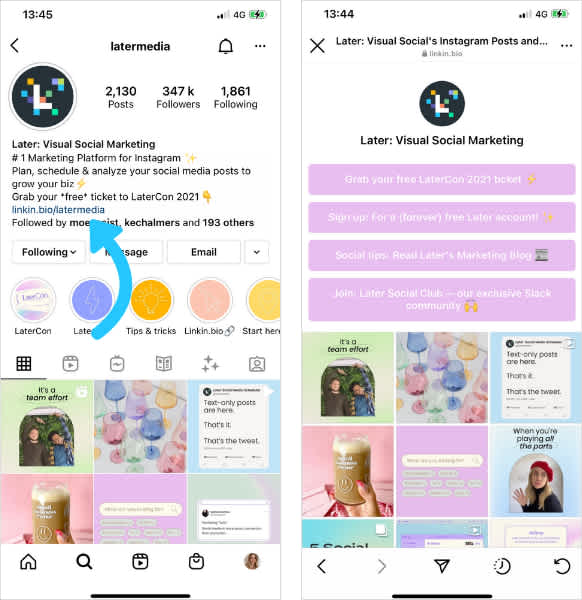
To cater to the digital-savvy Gen Zers it’s simple: Show your love by offering incentives like free shipping or a coupon code throughout their purchase journey!
See how VSP offers a variety of discount codes and free shipping promotions on their Instagram account to make the users in their community feel like VIPs:
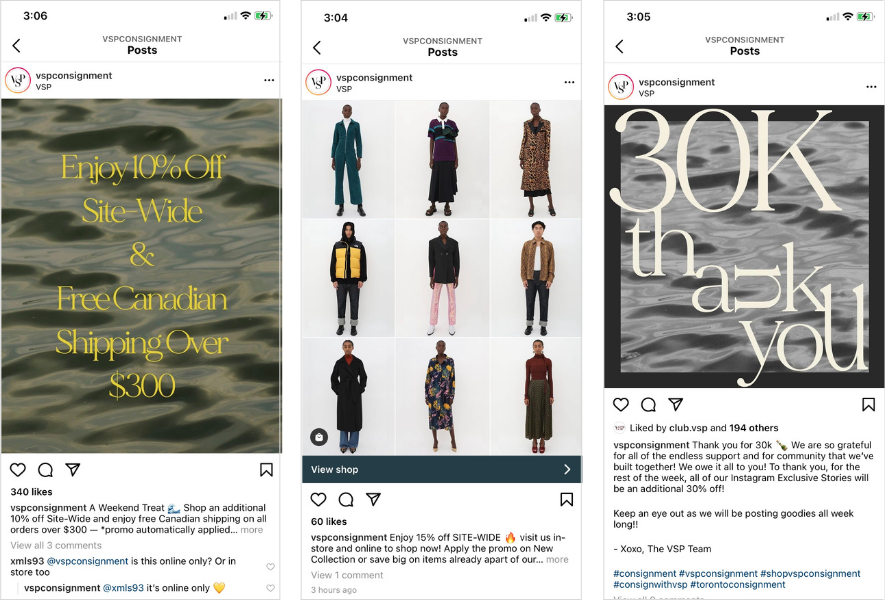
The ultimate marketing takeaway? By understanding what differentiates Gen Z and Millennial audiences, the greater chance you have to increase customer loyalty, drive sales, and build an engaged community.
With the above strategies put in place, you’re sure to deliver the right message, through the right channel, to resonate with the right audience!
Schedule, plan, and organize your social media content all in one place with Later. Sign up and get started today — for free!
